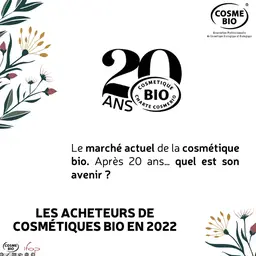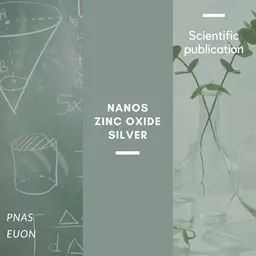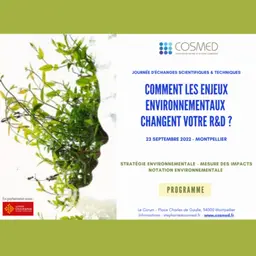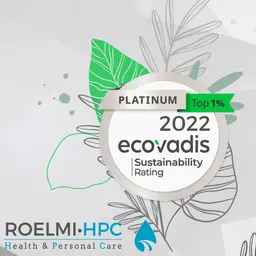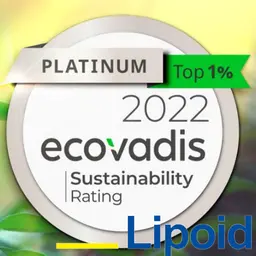
It’s in the air nowadays, and there is a growing concern about the negative impacts of cosmetic ingredients and formulas, especially rinse-off and sunscreen products on aquatic environments. During the Cosmetic Days organised by Cosmed on June 10 and 11, 2021, Cyril Durou, ecotoxicologist at the consulting and services company CEHTRA, came to clarify some fundamental notions and to present the tools to be used to carry out this assessment.
Biodegradability is a measure of the transformation of ingredients by micro-organisms into degradation products, or even into final products such as carbon dioxide or water.
Ecotoxicity, on the other hand, is concerned with the effects of ingredients on organisms of the flora and fauna of the environment, whatever the compartments considered: aquatic, sedimentary or soil.
“To evaluate these two parameters, it is necessary to know the qualitative and quantitative composition of the formula on the one hand, and the properties of the ingredients on the other,” said Cyril Durou.
And this evaluation is more than ever relevant in the current regulatory context, which is increasingly “green”.
The European Green Deal
The first European regulations on chemicals date back to the 1960s and today there are about 40 texts, including the Cosmetics Regulation.
The European “Green Deal”, which includes a Sustainable Chemicals Strategy and a Zero Pollution Action Plan, is a roadmap for transforming the economy, making it sustainable and climate neutral.
This new vision for chemical policy will have many impacts, as it proposes to:
• Extend the risk management approach traditionally used, for example in REACH, to make it more broadly applicable
• Update the criteria for identifying …

